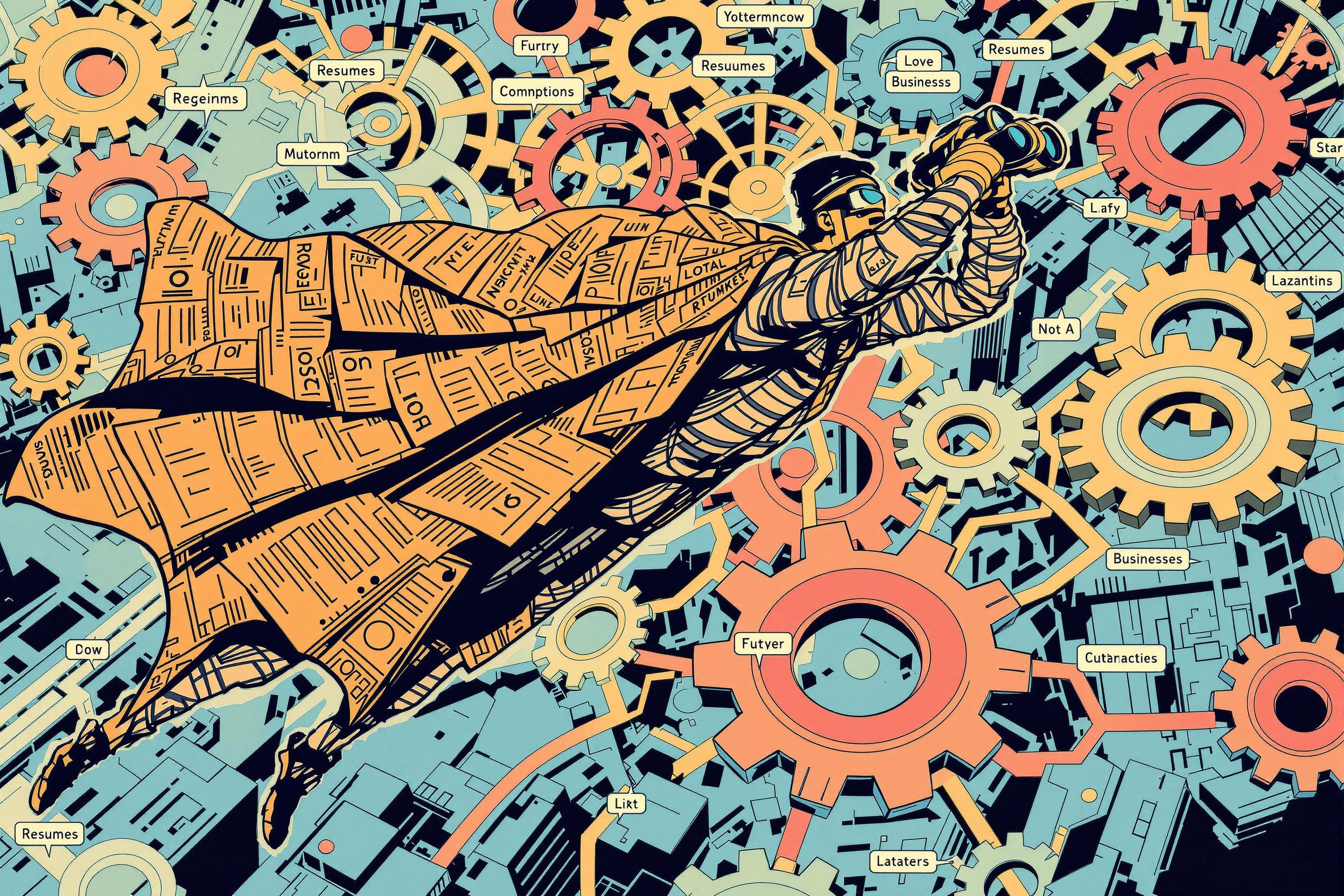
Polygon
A polygon is a basic building block used to create 3D objects in video games and digital animation. Think of it like a digital Lego piece - when many polygons are connected, they form 3D models of characters, buildings, vehicles, and other game objects. Game developers often talk about "low-poly" (using fewer, simpler shapes) or "high-poly" (using many detailed shapes) models. The number of polygons used affects how detailed and realistic a game looks, but also impacts how smoothly it runs on different devices. When you see this term in resumes, it usually relates to 3D modeling, game optimization, or graphics development skills.
Examples in Resumes
Created efficient Polygon counts for mobile game characters to improve performance
Optimized Polygon models in racing game vehicles, reducing render time by 30%
Developed Low-Poly art style for indie game project
Managed Polygon budgets for console game environments
Typical job title: "3D Modelers"
Also try searching for:
Where to Find 3D Modelers
Online Communities
Job Boards
Professional Networks
Example Interview Questions
Senior Level Questions
Q: How do you approach optimizing polygon counts for different platforms?
Expected Answer: A senior artist should discuss balancing visual quality with performance across different platforms (mobile, console, PC), mention LOD (Level of Detail) systems, and explain techniques for reducing polygon count while maintaining visual quality.
Q: How do you manage art pipelines for large game projects?
Expected Answer: Should demonstrate experience with team management, establishing modeling standards, creating style guides, and implementing efficient workflows between different departments.
Mid Level Questions
Q: What factors do you consider when creating game-ready 3D models?
Expected Answer: Should discuss polygon budget considerations, UV mapping for textures, proper topology for animation, and optimization techniques for different game engines.
Q: How do you handle LOD (Level of Detail) creation for game assets?
Expected Answer: Should explain the process of creating multiple versions of models with different detail levels, maintaining visual consistency, and implementing them in game engines.
Junior Level Questions
Q: What's the difference between high-poly and low-poly models?
Expected Answer: Should explain that high-poly models have more detail but require more processing power, while low-poly models are more efficient but less detailed, and when each is appropriate to use.
Q: What tools do you use for 3D modeling?
Expected Answer: Should be able to name common 3D modeling software (like Maya, 3ds Max, or Blender) and describe basic modeling techniques.
Experience Level Indicators
Junior (0-2 years)
- Basic 3D modeling techniques
- Understanding of polygon counts
- Simple texture mapping
- Basic game engine knowledge
Mid (2-5 years)
- Efficient model optimization
- Advanced texturing techniques
- Character and environment modeling
- Understanding of game performance requirements
Senior (5+ years)
- Pipeline optimization
- Team leadership
- Complex asset optimization
- Cross-platform development experience
Red Flags to Watch For
- No knowledge of 3D modeling software
- No understanding of optimization techniques
- Lack of game engine experience
- No portfolio of 3D work
- No experience with team collaboration tools
Related Terms
Need more hiring wisdom? Check these out...

Workforce Solutions Aggregators: The Next Big Thing You Didn't Know You Needed

Unified HR Experience Platforms: Transforming the Way We Work

Tiny Neighborhoods, Huge Impact: The Surprising Power of Hyper-Local SEO in Your Hiring Game

